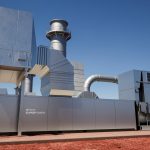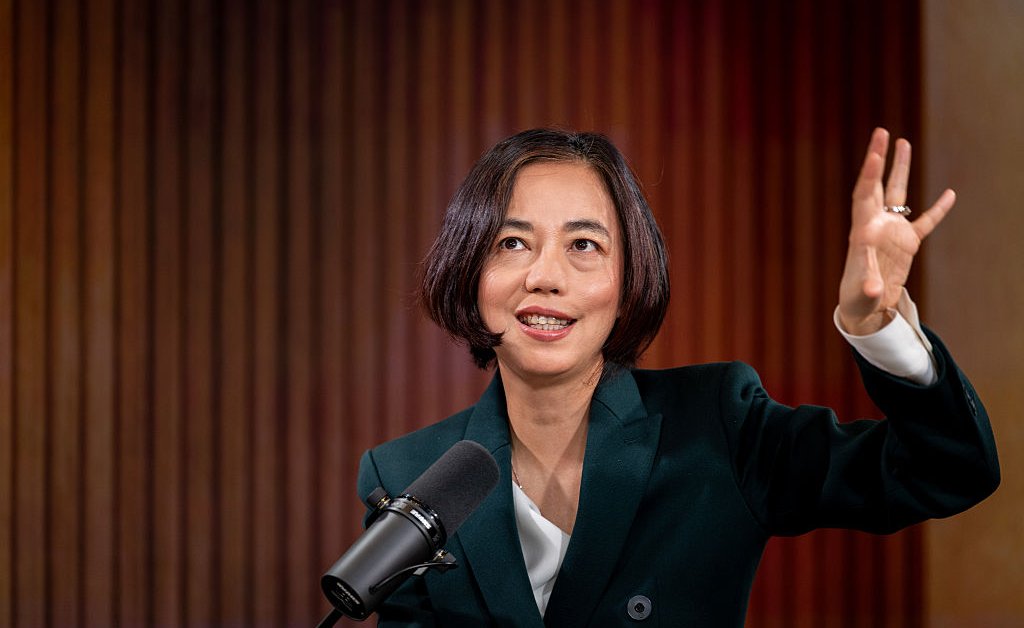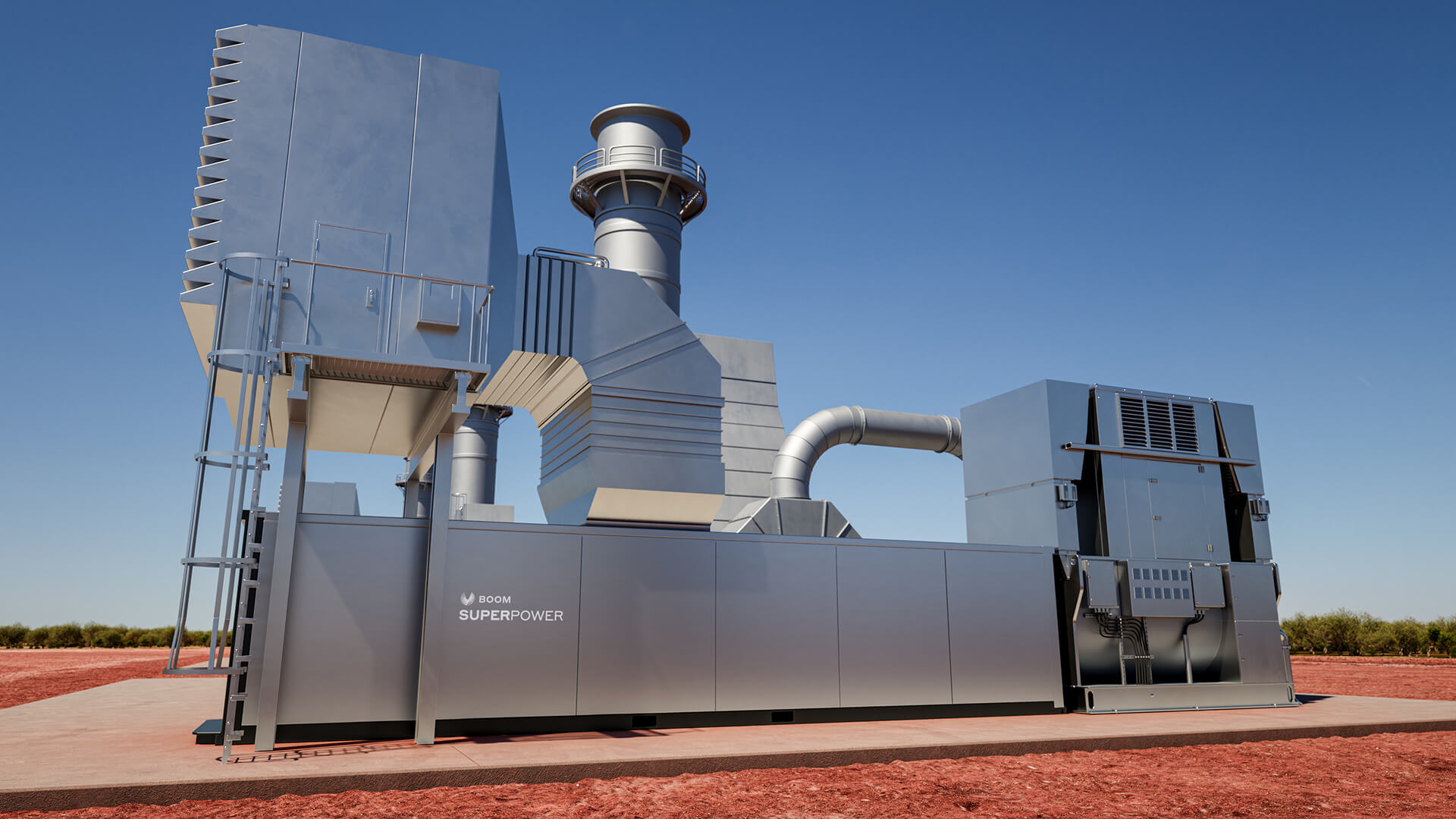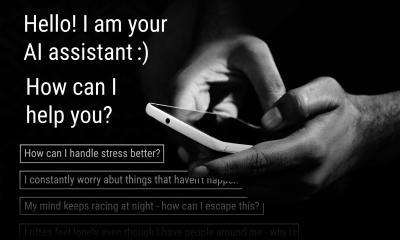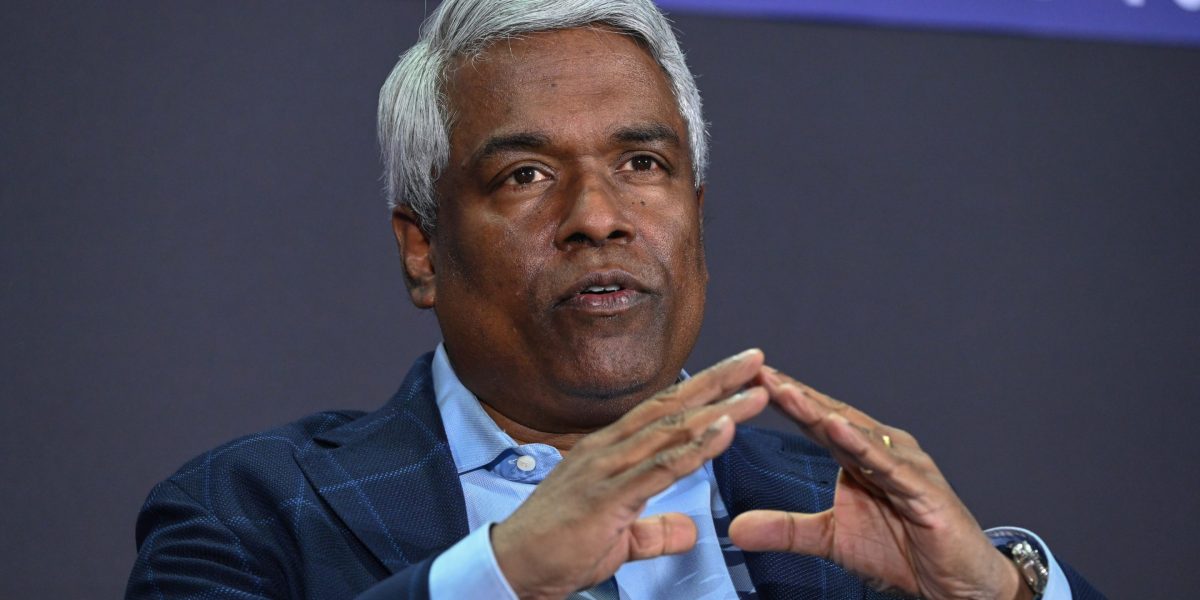I’ve spent over 25 years working in AI and digital, and I can tell you this: we’re past the point of wondering if technology will transform work. The question now is how quickly this will happen.
The data already tells a remarkable story. KPMG CEO Outlook for 2025 A survey of more than 1,300 global CEOs reveals that nearly three-quarters plan to invest 20% of their entire budget in AI in the next 12 months alone. This is their top investment priority for the second year in a row. But what matters most is that these leaders are not preparing for mass layoffs, they are actively recruiting for AI skills and investing in upskilling. They are investing in the emergence of what I call the “superhuman” employee, that is, professionals augmented by AI to achieve what was once impossible.
AI agents are the catalyst for this transformation. Instead of following set steps, they focus on achieving specific goals. With the right context, they independently bring together all the tools, knowledge and resources needed to achieve this, with optimal human agency. They don’t ask “how has this always been done?” Instead, they give you the influence and power to ask yourself, “What is the best way to solve this problem?” » – and even, “What’s stopping me from doing this?” It sounds simple, but this simple change has the power to unlock a “superhuman” effect.
It breaks down the artificial boundaries that have limited the way we work for too long: the silos between functions, the limits of individual expertise, the old assumptions about what’s possible in a workday. When a procurement analyst can work seamlessly with AI agents who understand finance, third-party risks, analyze supplier relationships and journeys using complex graphs, and investigate and optimize supplier activities, they are no longer just concerned with procurement.
This increase stimulates economic activity and creates new opportunities. Yes, there is short-term disruption, but the reward is transformative. We’re rethinking how businesses work, creating entirely new ways to solve problems and deliver value that weren’t possible under yesterday’s constraints.
Three roles, one revolution
This will fundamentally reshape the workforce itself, and we will see a clear division emerge. Those who build, manage, maintain and govern AI agents – Agent Bosses. Those who evaluate and operate them – the evaluating agents. And finally, those who collaborate with these agents as everyday teammates: the superhumans. But the implications go deeper than job titles.
Traditional organizational structures – built around functional silos and rigid hierarchies – will not support this new reality. We will have to rethink the organization and composition of teams, new responsibilities (who to call in the event of a problem with an agent?), decision-making rights and the way work takes place in a company.
A team can consist of three humans and a dozen AI Collaborator agents. New operating models will be essential. How to onboard an AI agent and give it an identity? How can you measure productivity and business value when a single employee orchestrates multiple agents in different functions? How do we maintain accountability when decision-making becomes a human-AI collaboration? Who is responsible for maintaining these agents?
These are not theoretical questions. Forward-thinking organizations are already experimenting with hybrid team structures, creating new roles like boss agents and redefining performance metrics to account for human-AI collaboration. Practical aspects are as important as vision.
Build the Foundation
But none of this works without a good foundation. The biggest challenge is not the technology, but the context. Much of the expertise within organizations currently resides in people’s heads and, as such, it is tribal knowledge that has never been formalized.
For superhumans and their AI teammates to thrive, companies must build robust databases and memory systems. This means capturing and protecting the collective intelligence of an organization – not just the data, but also the decisions, judgment, intuition and know-how that usually live in people’s heads. It’s a bit like creating a Pensieve for the enterprise – a living memory that any AI agent can draw on. We call these contextual cartridges and knowledge capsules. Without them, we build superhumans on quicksand.
Equally essential is the agent control system: a single platform to register, govern, operate and continually improve a federated workforce of enterprise agents. Think of it as the operating system for your AI workforce. Just as you have HR systems for human employees, you need infrastructure to manage agent lifecycles, assign identities, monitor performance, ensure compliance, and enable ongoing maintenance. You must also hold their responsible agents accountable. Organizations that build this infrastructure now will have a huge advantage.
The interface revolution is already underway. Over the next 18 months, expect to see radically new ways of working with AI agents: natural interfaces via voice, text, visuals or gestures. Ambient systems that sense and anticipate what you need.
The superhuman workforce is not a vision of the future: it is already emerging in some companies around the world. The question is not whether this transformation will happen, but whether businesses will shape it or be shaped by it. After more than a quarter century in AI, I can tell you that leaders who act now and build the right foundations will not only survive this change, they will define it.
The opinions expressed in comments on Fortune.com are solely the opinions of the authors and do not necessarily reflect the opinions and beliefs of Fortune.

